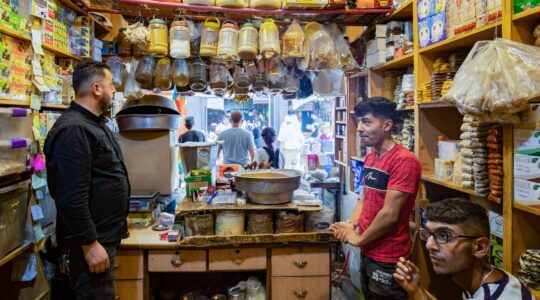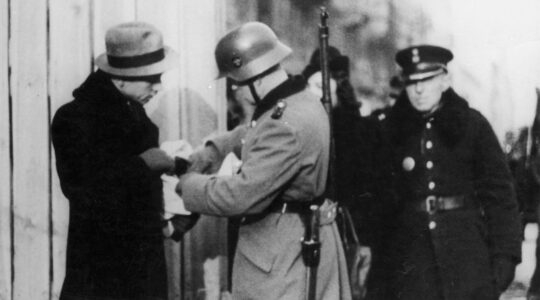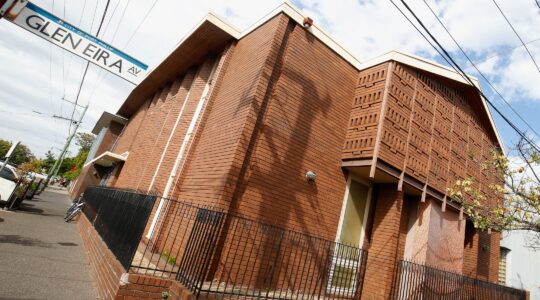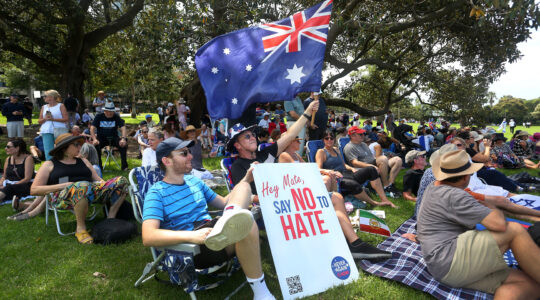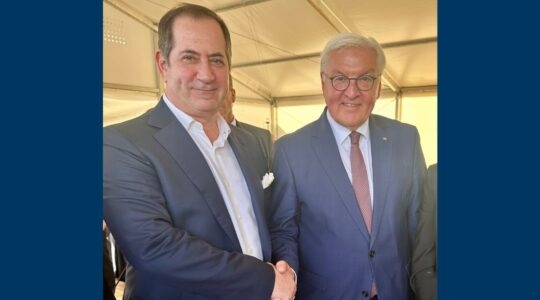 That’s the motto of Osnabrück, where I spent a lovely shabbat with a small community that has been transformed by the arrival of more than a thousand Russian Jews over the past 20 years. The name derives from the Peace of Westphalia, which was signed in Osnabruck in 1648, ending the Thirty Years of War. But as any student of international relations will tell you, the real significance of Westphalia is that it enshrined the European state system which persists until today.
That’s the motto of Osnabrück, where I spent a lovely shabbat with a small community that has been transformed by the arrival of more than a thousand Russian Jews over the past 20 years. The name derives from the Peace of Westphalia, which was signed in Osnabruck in 1648, ending the Thirty Years of War. But as any student of international relations will tell you, the real significance of Westphalia is that it enshrined the European state system which persists until today.
Osnabrück’s other claim to fame is as the home of the artist Felix Nussbaum, who perished in Auschwitz in 1944. In the 1990s, Osnabrück built a museum to house Nussbaum’s art, the first museum commission by Daniel Libeskind, as the locals pointed out numerous times. Nussbaum depicted the gradual tightening of the Nazi noose around the Jews of Europe, and Libeskind’s design — which he was to further refine with his stunning design of the Jewish Museum in Berlin — echoes the dark themes of the paintings it houses. The museum is a series of cold concrete axes, sharp angles, and narrow windows, that amplify the sense of confusion and desperation in Nussbaum’s art.
I spent an hour this morning wandering through the museum, watching the paintings grow ever more dark and forbidding. Nussbaum fled the Nazi onslaught, taking refuge in an attic in Belgium, where he produced surrealist works marked by jarring juxtapositions of art and industry, and faces harrowed with worry. His final paintings are the starkest of them all. "The Triumph of Death," the last work he produced, shows a band of skeletons playing instruments. The note by the painting — not to mention Nussbaum’s Wikipedia entry and the very title itself — suggests Nussbaum had come to see how art can persevere in the face of death. But considering how few are the signs of life in the painting, I choose to read the title the other way, that death will always, ultimately triumph.
JTA has documented Jewish history in real-time for over a century. Keep our journalism strong by joining us in supporting independent, award-winning reporting.
